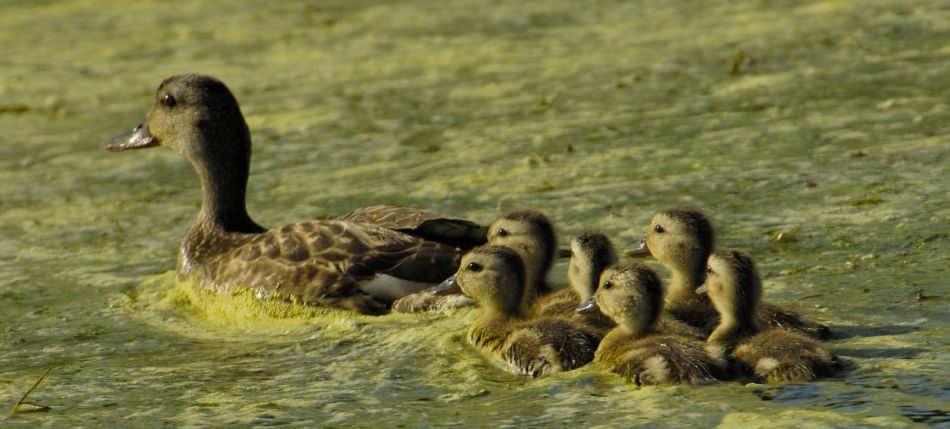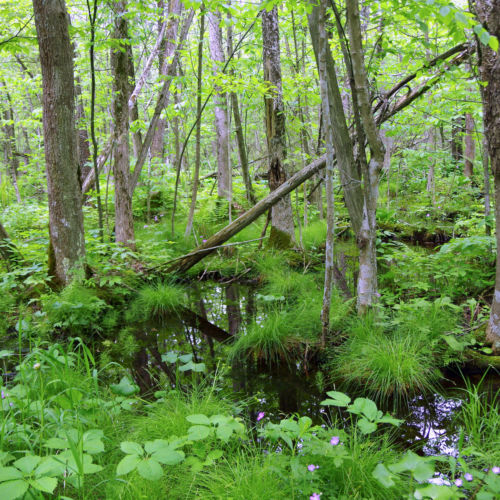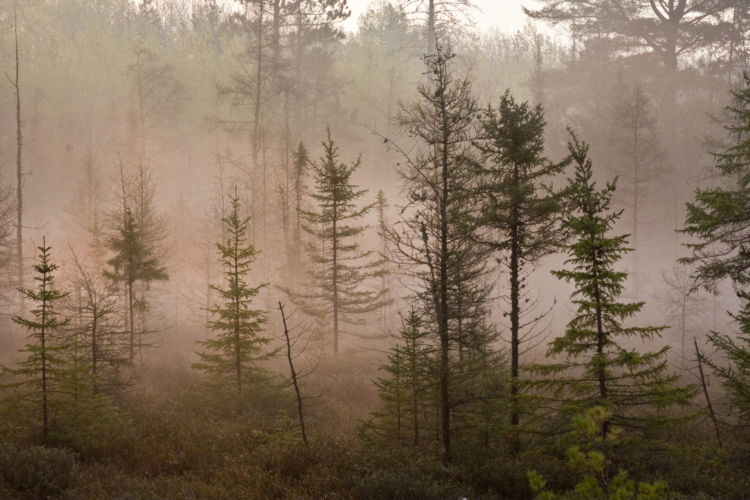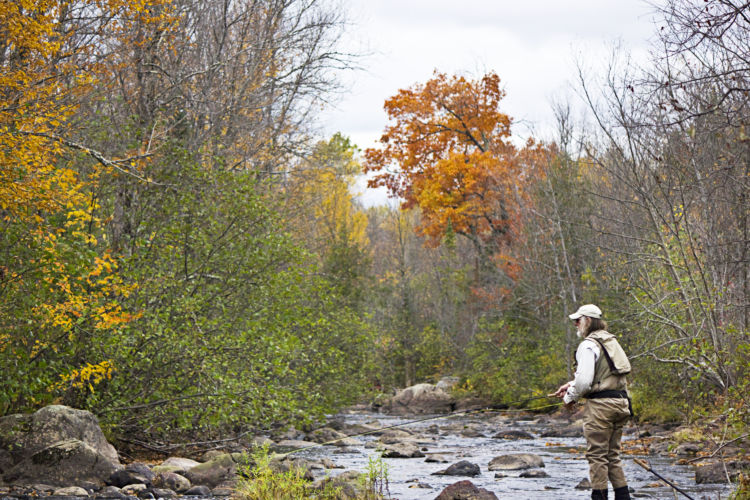Thank you to Jacob Straub, Kennedy-Grohne Chair in Waterfowl and Wetlands Conservation and Assistant Professor at UW-Stevens Point, for contributing this piece.
In Wisconsin, many (but not all) isolated wetlands are small and ephemeral (meaning they might dry out in some parts of the year). Thanks in part to a federal court ruling from 2001, “isolated” wetlands hold a distinct yet important legal definition and this ruling left many of them unprotected. Because of this, isolated wetlands are too often perceived as remote and unimportant. However, isolated, small, and ephemeral should never be confused with having no value or considered useless; especially for wildlife like waterfowl. Quite the opposite!
Want to learn more about isolated wetlands? Follow the links at the end of this article.
As a waterfowl biologist, I spend a great deal of time studying ducks’ primary habitat type: wetlands. Waterfowl rely on isolated wetlands during a variety of stages in their lives.
In spring, when most isolated wetlands are filled with water from rain and snowmelt, they provide waterfowl with high quality and nutritious invertebrates. These spring wetlands also give breeding pairs privacy, a prerequisite to successful reproduction.
In summer, duck and goose families seek out small wetlands for foraging, as these wetlands often teem with protein-rich invertebrates essential to growing ducklings and goslings. Isolated wetlands also provide refuge to waterfowl because they are often devoid of predators like mink (which prefer larger and deeper water).
Lastly, in the fall isolated wetlands provide critical refueling stopovers for migrating waterfowl (as most waterfowl hunters already know).
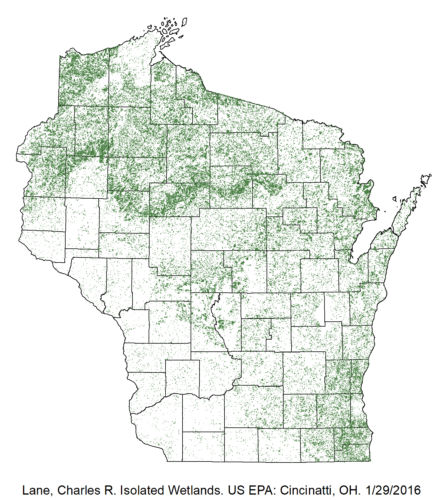
“Isolated” wetlands, shown here in green, are prevalent across the Wisconsin landscape and total over one million acres.
Isolated wetlands provide substantial value to waterfowl in Wisconsin and throughout North America. In fact, to counter the legal definition of “isolated” wetlands, I propose my own definition of isolated wetlands for waterfowl. Here it is: “Isolated wetlands are essential, critical, and without compare as a habitat resource for waterfowl”.
Photo by Dennis Malueg
Related Content
Myth-busting misconceptions about “isolated” wetlands
Help us dispel the myths of isolated wetlands in your communities.
Healthy trout streams need healthy wetlands

